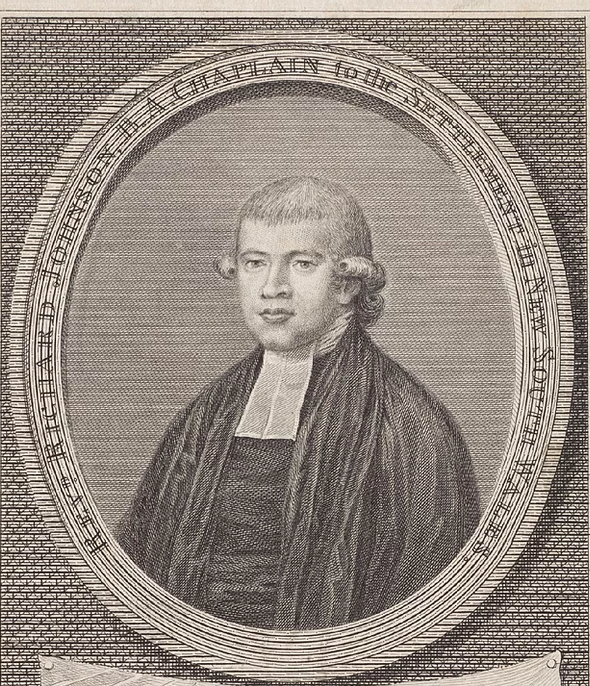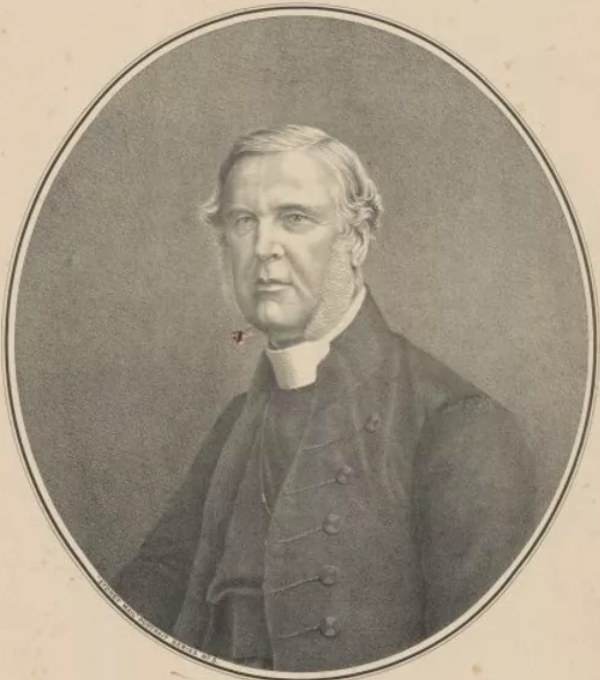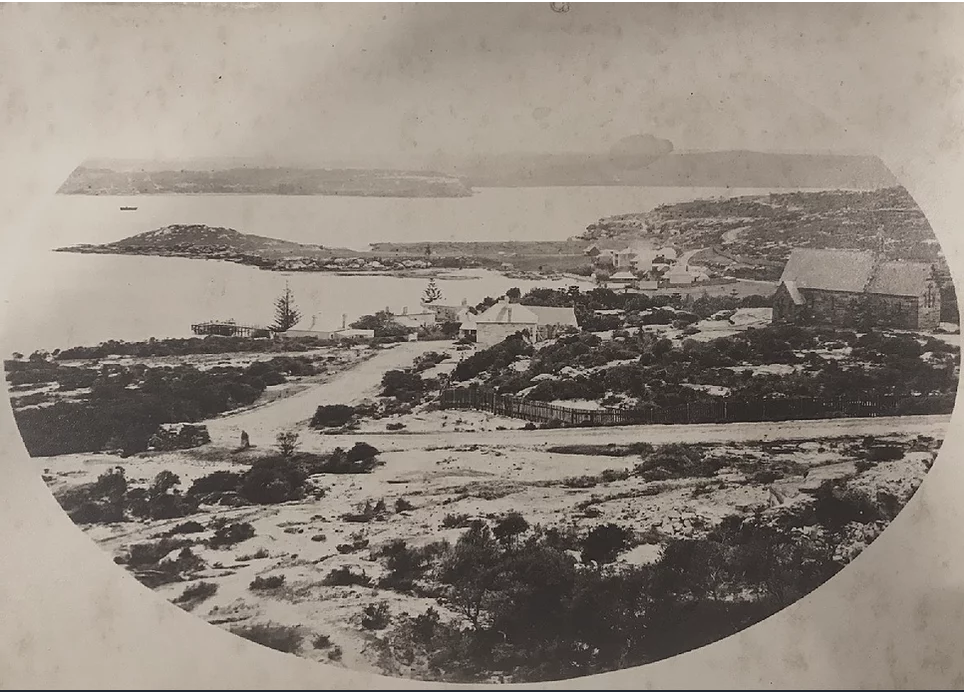Our Heritage
1770
Like the advent of Christianity into Australia, early Christianity in Watsons Bay had several distinct characteristics about it.
During the 1770’s, the British Navy had originally decided against sending any minister at all with the First Fleet. But under the influence of evangelicals both within parliament and out – including such notables as William Wilberforce and John Newton – eventually a chaplain was appointed to accompany the fleet. Reflecting the missionary and evangelistic zeal of those backers, the first chaplain to the colony was Richard Johnson, a protestant, reformed, and evangelical Anglican clergyman. While very much Anglican – as many Methodists were – the early history of the church in Australia owed much to the lay-driven and innovative approach to church formation the Methodists were able to accomplish during the societal upheaval of the Industrial Revolution.

Richard Johnson c.1787
The first records of Christians meeting in Watsons Bay, in the 1830’s, parallel these characteristics. The formation of the church was lay-driven, with believers of all vocations and classes meeting in the home of Siddons, a local landowner.
In Methodist style, several years later an Anglican minister would come from time to time to minister in Watsons Bay, ‘doing the rounds’ of this and other churches without property. By the 1840’s St Peter’s Alexandria (now Cooks River) was sending a minister each fortnight, and impetus for building a church gained approval from Bishop Broughton, although no funds were to be given. It was Bishop Broughton who connected the rocky outcrop of the site with the fishermen of the harbour, and reserved the name “St Peter’s” for the church building (‘Peter’ means ‘rock’, and he was a fisherman). As an early photo of the area depicts, the hill St Peter’s was eventually built upon was essentially a bald rocky outcrop overlooking Watsons Bay: the bush-lands and Gap Park were much later introductions to the area.
1885

Bishop Barker c.1855
With the arrival in 1855 of the evangelical Bishop Frederick Barker, who brought with him other evangelical ministers, the stalled interest (and funds) for a church building in Watsons Bay were rekindled and the project completed under the aegis of George Richardson. Richardson was one of the evangelical ministers Barker had brought with him, and – as rector of Darling Point (which had been established out of Alexandria and now had responsibility for Watsons Bay) – his energy and zeal brought life back into the project. Sadly, he died in a swimming accident before it was completed.
St Peter’s Anglican Church was opened late in 1864 the day following the anniversary of Richardson’s death. It would be another sixty years, however, before the Anglican Parish of Watsons Bay was formed in its own right. Initially a branch church of Alexandria and then Darling Point, it was then a branch church of Woollahra Parish until 1925 when Watsons Bay was established as a full parish. The minister at the time – and subsequently its first rector – was the Reverend Cherry, who held the position for another decade.
1926- present day
In the eighty years from 1926-2017 Watsons Bay Anglican Church has had seven rectors, most of whom (and for most of which time) continued the protestant, reformed, evangelical Anglican heritage that was at the church’s initial foundation. The church has seen several peaks and troughs in those years, from times of struggling through to times where the church building was full of a Sunday evening.
In 2020, the church formally amalgamated with St Michael’s Vaucluse to form a new parish; South Head Anglican Parish. Bishop Stuart Robinson assumed the role of rector of one parish encompassing two ministry centres in Vaucluse and at Watsons Bay.

St Peter’s Church & Watsons Bay 1870
